Shaping Little Hearts: Using Books to Discuss Difficult Topics with Kids
Parenting is full of joys and challenges, including the need to talk about tough subjects with your children. Finding the right words can be tricky when addressing topics like loss, diversity, consent or body image. Luckily, there's a wonderful tool you can use: books. So, let's jump into a world of recommended reads, combining your favourites with mine to make these important conversations feel as cozy as storytime.
Understanding Consent
Understanding consent is not only crucial for children's safety but also for nurturing their capacity to respect others. While "Yes! No!: A First Conversation About Consent" gently teaches children that their bodies belong to them, "Don't Hug Doug: (He Doesn't Like It)" emphasizes the significance of respecting the boundaries of others. By instilling values of mutual respect, empathy, and personal boundaries, these books help create a world where consent is both understood and deeply respected from the start.
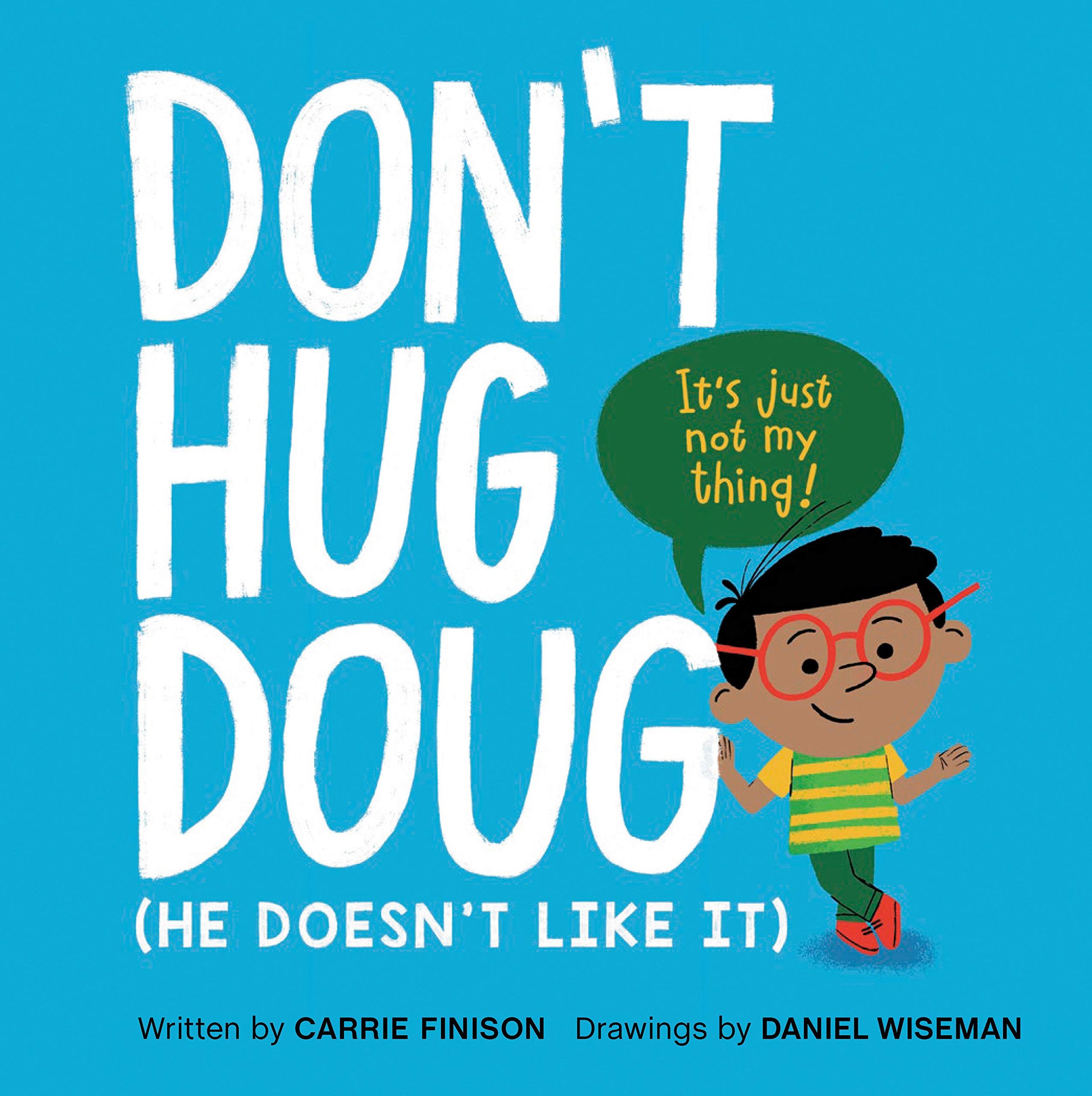
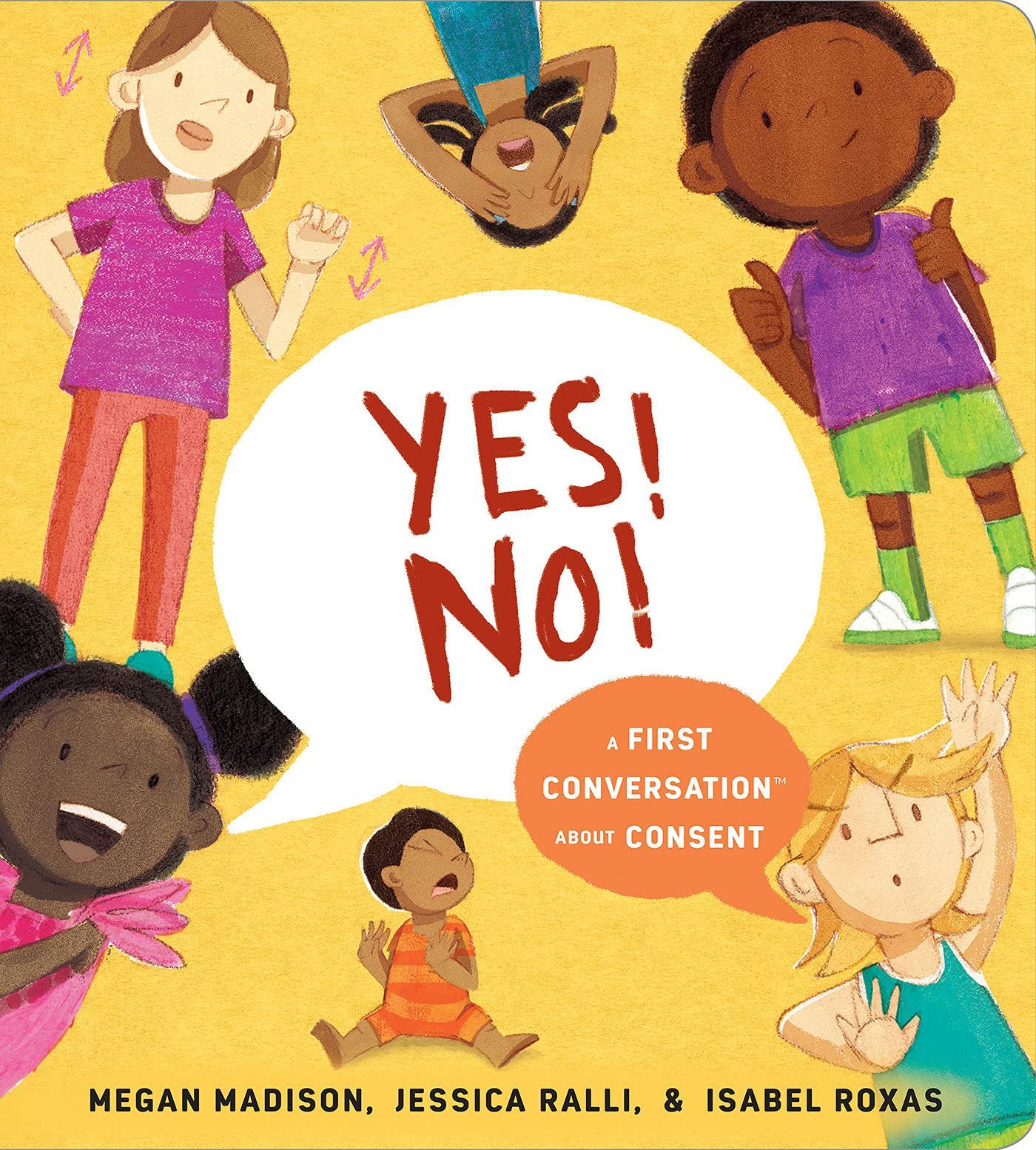
Loss and Grief
Losing a loved one can be especially tough for children who might not fully grasp the concept of death. Books like "The Heart and the Bottle" and "The Goodbye Book" explore feelings of loss and grief, giving kids a chance to express themselves and ask questions.
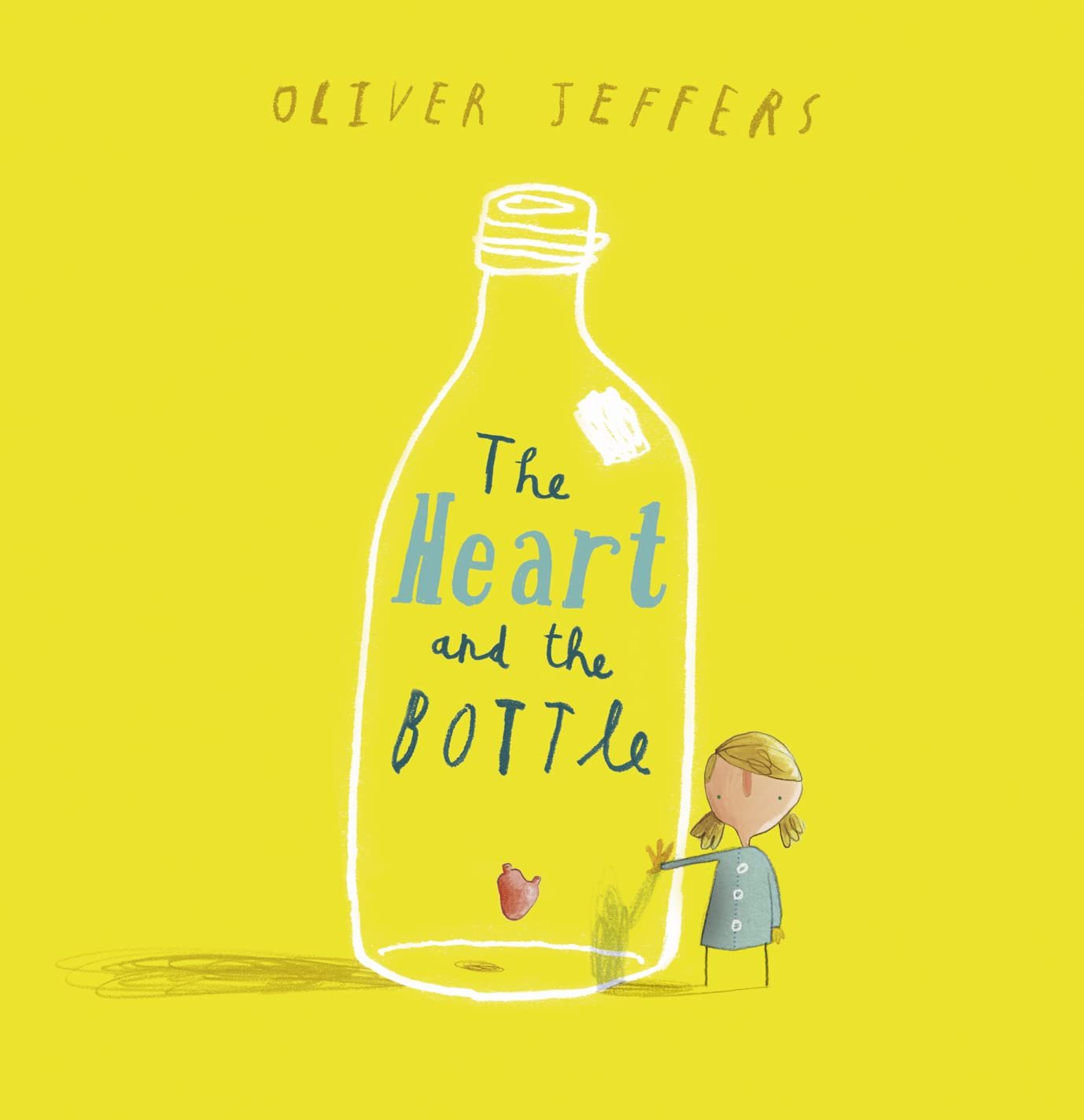

Embracing Diversity
I'm truly grateful to live in Canada, a place with so many diverse cultures. But as a child immigrant with dark brown skin, I've faced the harsh reality of racism. Teaching my light-skinned children to treat everyone equally while acknowledging the unequal treatment others experience, is vital to me. That's why books like "Our Skin" and "All Are Welcome" are gems. These stories celebrate diversity, teaching kids to value our differences. Through these books, we can help our children learn empathy, respect, and unity, guiding them to stand up for equality and be true advocates for change.
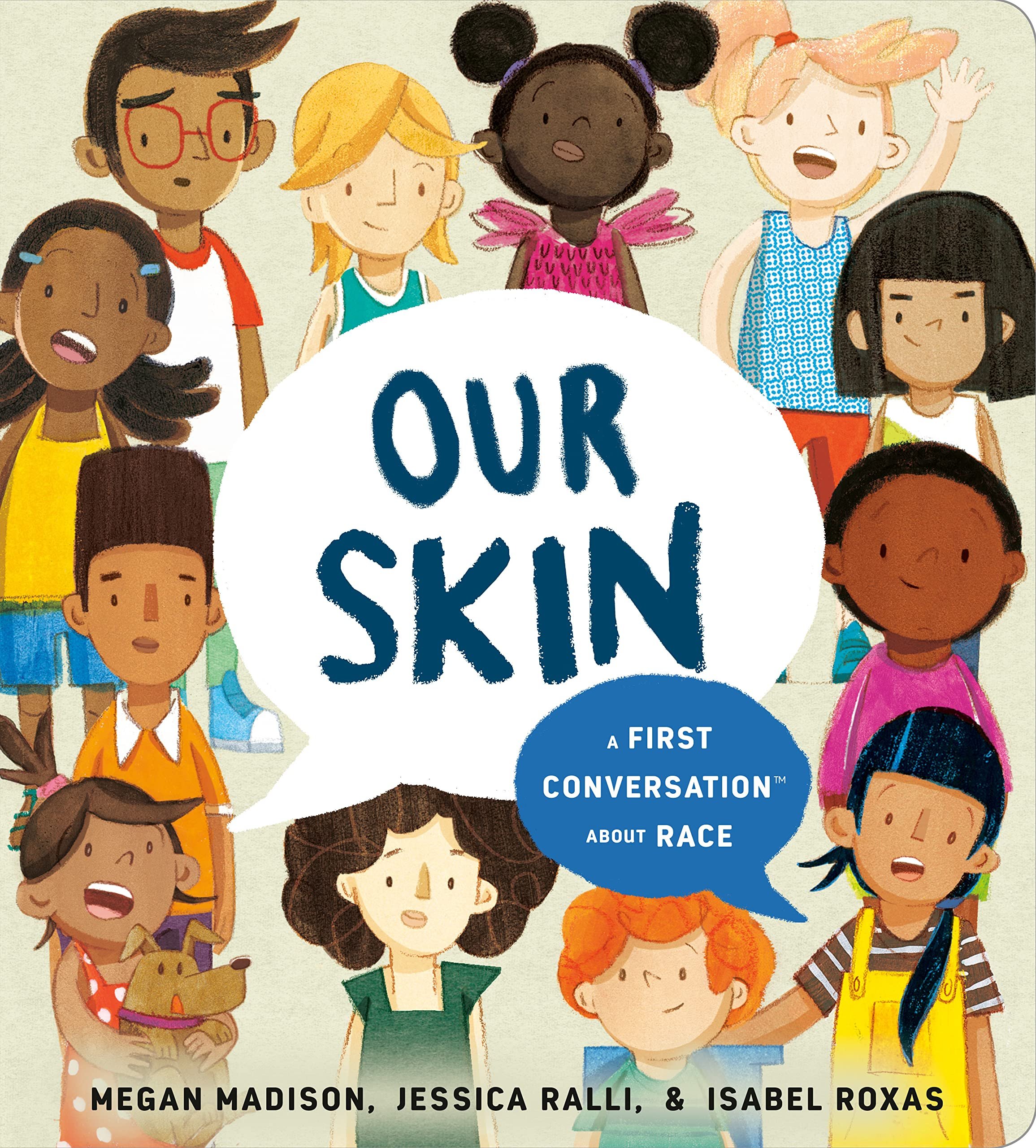
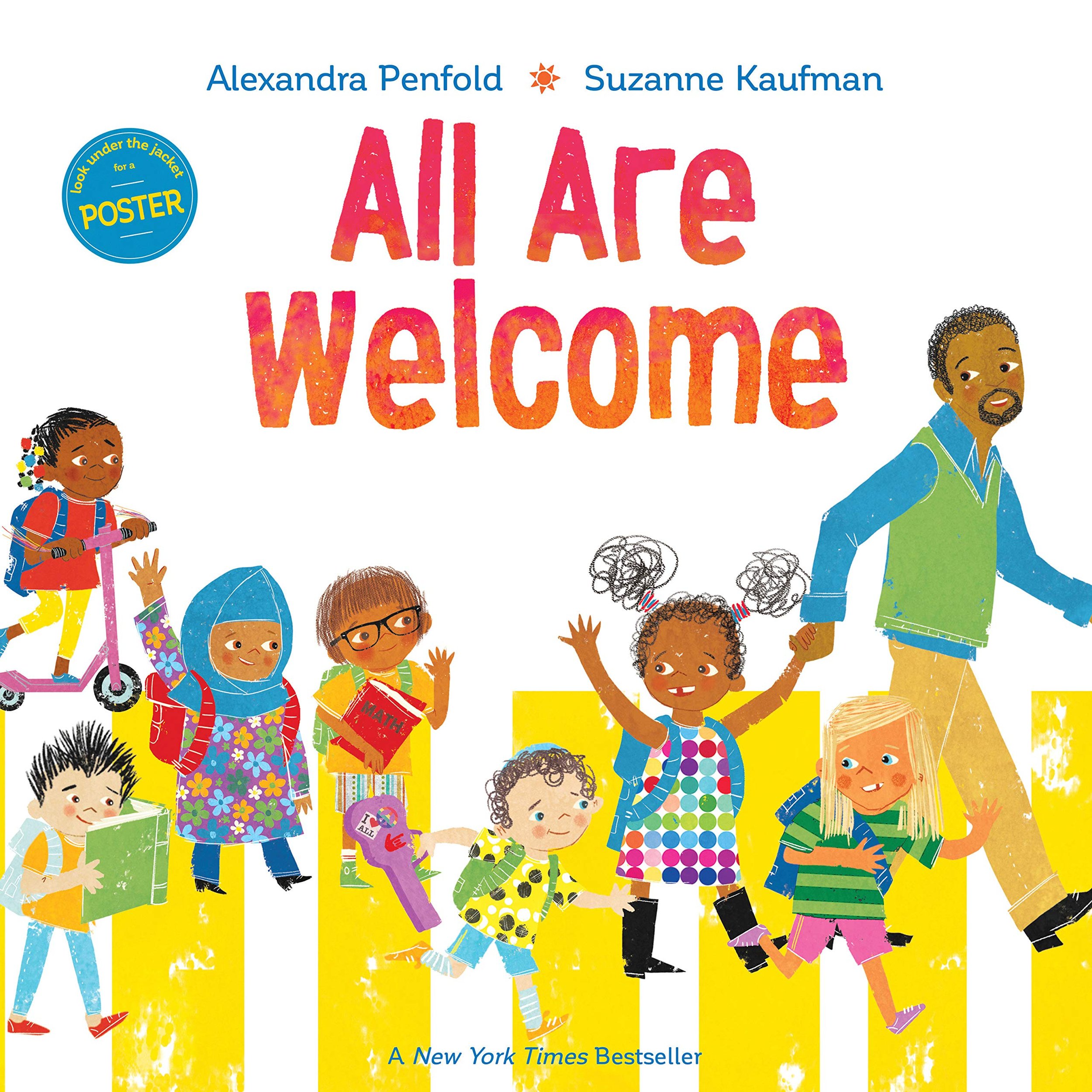
Managing Anxiety
Anxiety isn't just a grown-up concern—it's a big deal for kids too. "The Worrysaurus" is a delightful book about a dinosaur who carries around a backpack full of worries. "Hey Warrior: A Book for Kids about Anxiety" personifies anxiety, making it more understandable for young minds. "What to Do When You Worry Too Much: A Kid's Guide to Overcoming Anxiety" takes it a step further, arming kids with interactive strategies to manage their worries. These books empower kids to identify, understand, and bravely handle their feelings.

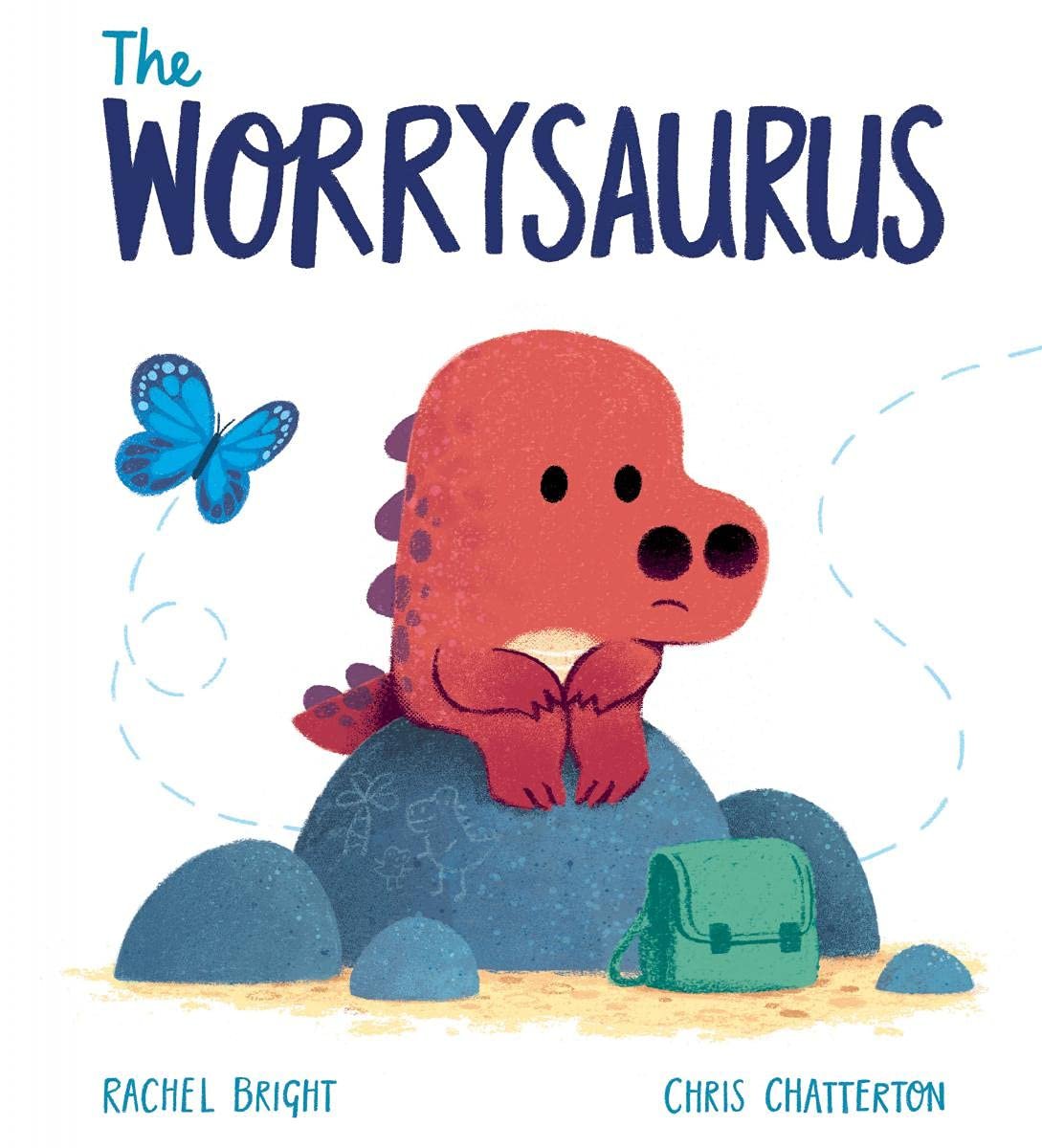

Handling Change
Life changes, like moving or big transitions, can be unsettling for kids. Books like "Alexander and the Terrible, Horrible, No Good, Very Bad Day" by Judith Viorst and "A New School Year: Stories in Six Voices" by Sally Derby can help kids understand and manage their emotions during times of change.
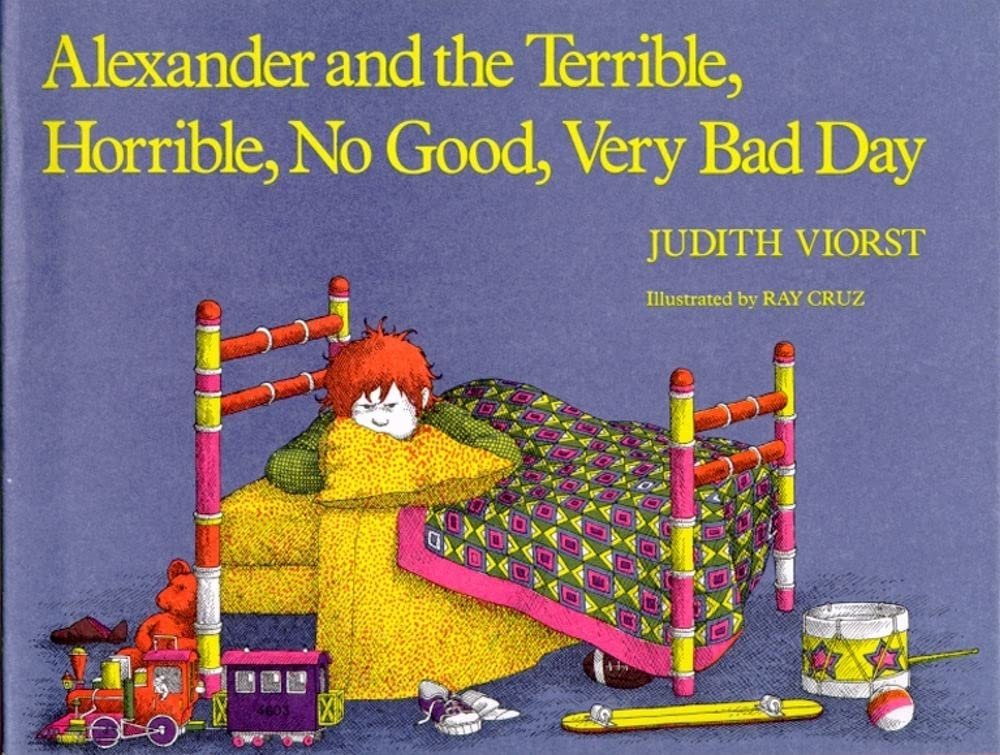
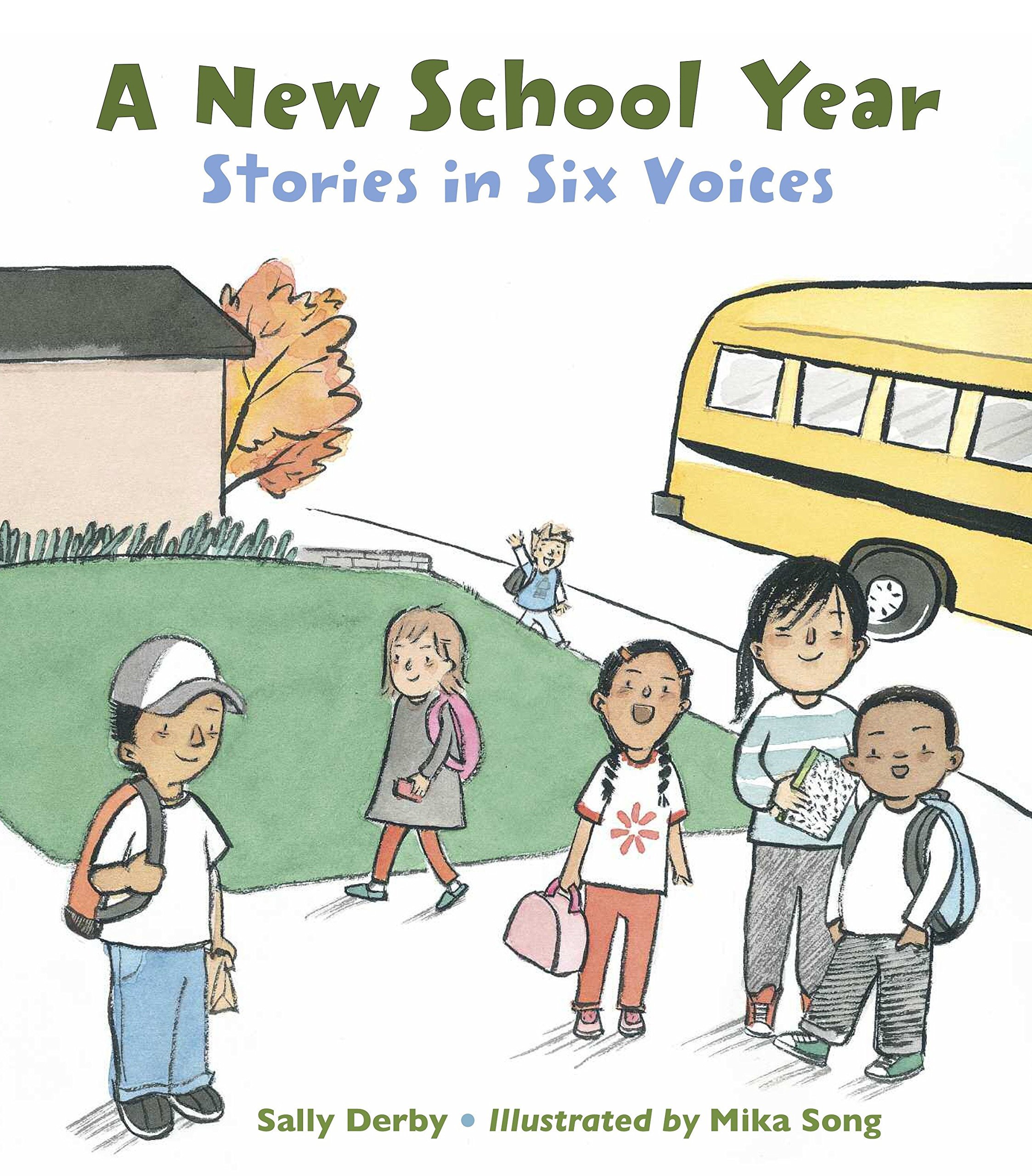
Body Positivity
In a society that pushes unrealistic body standards (Hi, Barbie), it's refreshing to celebrate self-love and acceptance. "I Like Myself!" is a joyful celebration of uniqueness, with vibrant illustrations and a catchy rhythm that teach children the importance of self-love and self-esteem. Meanwhile, "Every Body" takes a gentle approach by embracing the diverse range of human bodies, subtly conveying the messages of self-acceptance and self-worth. By incorporating these books into your conversations, you're creating an environment where children learn to respect their bodies and embrace their individuality with confidence.

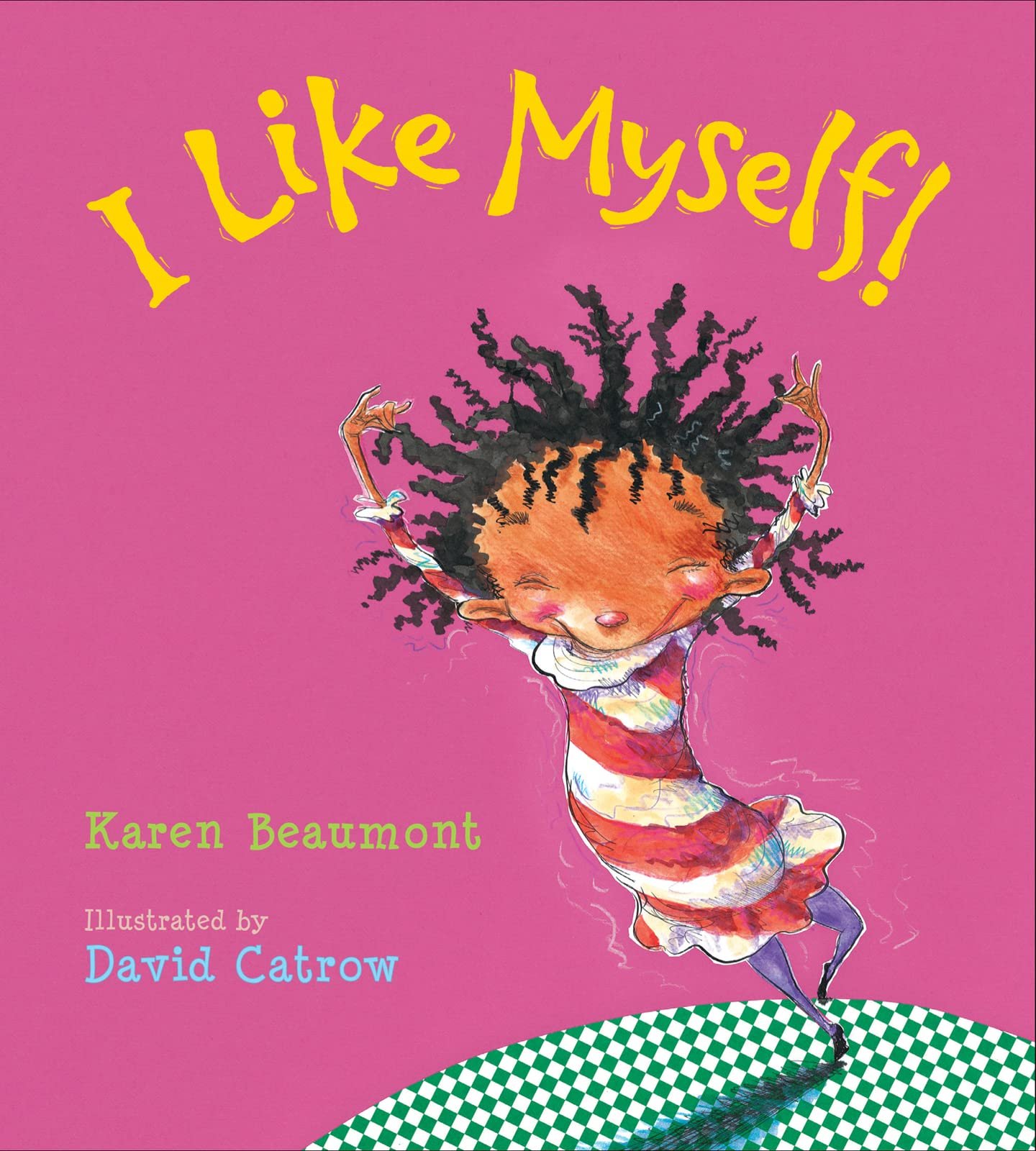
The Strength of Conversation
After the story, discussions are like the cherry on top. Use open-ended questions to encourage meaningful talks with your child. For example, you could ask, "How do you think the character felt in that situation?" or "What would you do if you were in that situation?" These questions can lead to meaningful talks about the topic. Validate their emotions and share your experiences if they align, showing that they're not alone.
Talking to your kids about tough subjects doesn't have to feel overwhelming. With the help of books, you can create a safe and comfortable environment where your child can explore complex feelings and ideas. Using the power of storytelling, you can guide your child through challenges and build a strong bond based on trust and understanding.
Want to develop leadership skills in your kids? Check out our Canadian Women Leaders downloadable.
This post contains affiliate product links that are used in my home and workshop. Affiliate links help me buy wood, paint and other supplies to make wooden toys!

Digital Download: 1 PDF, 18 pages, 11 x 8.5 inches
What does it take to raise our daughters to be leaders? Especially in a society that labels strong women as "difficult."
Women are natural-born leaders, yet there is still a huge gap between men and women in leadership roles. One of the biggest reasons for this is that many girls feel incapable of being leaders, including a lack of confidence and self-esteem. I made this printable with my strong-willed daughter in mind. To instill in her that girls can most definitely be leaders and to highlight female role models. The printable features:
The stories of eight amazing Canadian women: Roberta Bondar, Hayley Wickenheiser, Buffy Sainte-Marie, Chantal Petitclerc, Gigi Osler, Huda Idrees, Angelica Lim, and Michaëlle Jean
Leadership trait studies
Open-ended questions to encourage critical and creative thinking
Here's to strong women. May we know them. May we be them. May we raise them.